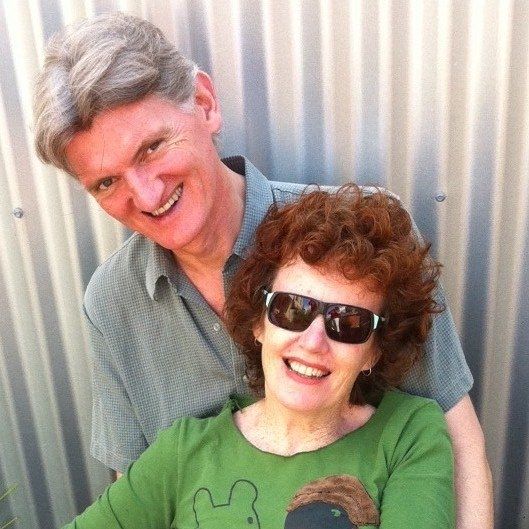Prologue
The Kumano Kodo entices us to journey into a land of sacred mountains and venerated shrines. Kumano, the ancient name for the southern regions of Japan’s Kii Peninsula, is steeped in mystery and legend. The Kodo are the ‘old ways’ pilgrims have used for centuries. Following their footsteps, we’ll wind through the lush mountains to visit the three Grand Shrines of Kumano: Hongu, Nachi, and Hayatama.
We’re drawn to these Sacred Sites and Pilgrimage Routes, which gained UNESCO World Heritage status in 2004. The UNESCO listing recognises the fusion of Shinto and Buddhist religions, the integrity of the pilgrimage routes, and the ancient and ongoing tradition of nature worship.
Like most modern-day pilgrims, we plan to walk the Nakahechi Route used by emperors and nobles from the 10th century onwards. Known as the ‘Imperial Route,’ it starts on the western coast of the Kii Peninsula and trails high into the mountains, the abode of the gods, before descending to the east coast.










